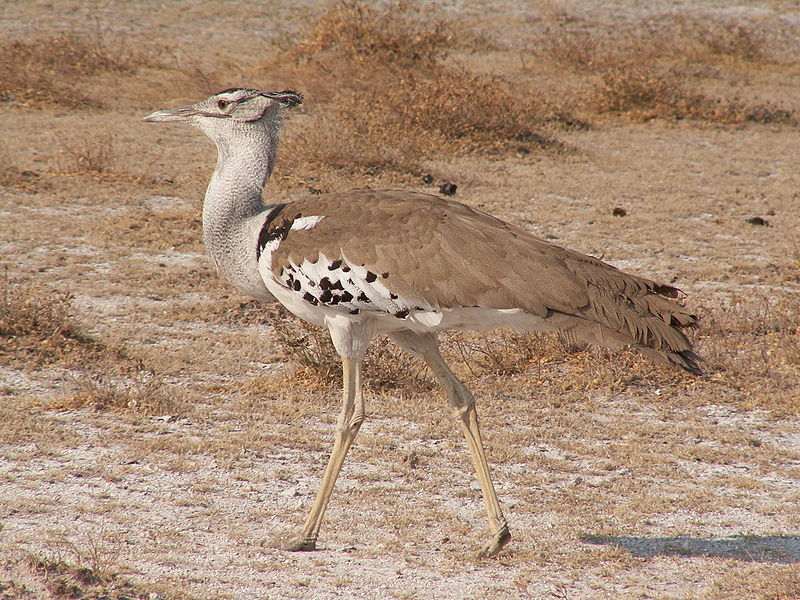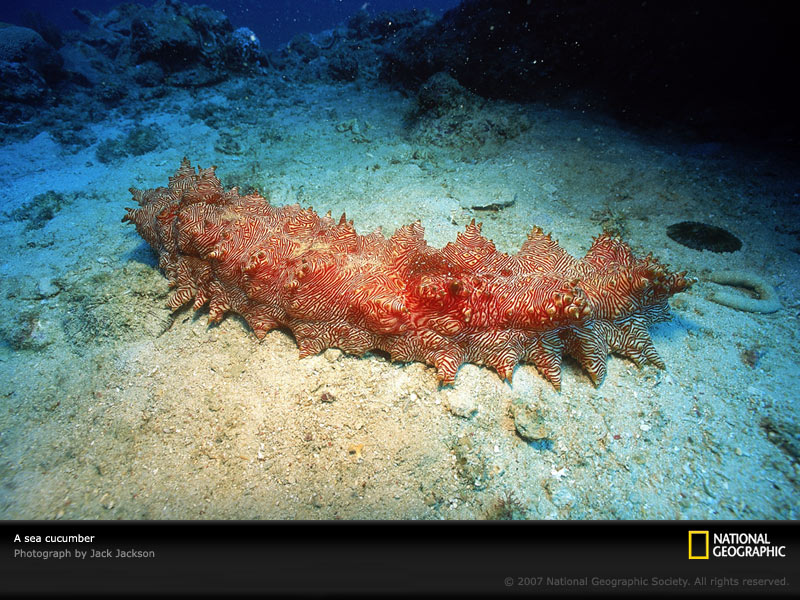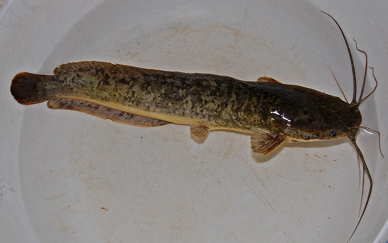
Who wants to go on a trip with me? You know what, I want all of you to join me on a trip down memory lane! I will set the flashback up for you. You are 8 years old and super excited because it is the middle of summer, which of course means No School! It is one of those beautiful, warm, mid-summer nights and you are hanging out with your brother, sister or some friends. You are playing outside (remember the days when kids still did that?) and all of a sudden you see a sparkle of light in the sky…..and again…. and again! By this time you have called your friends over who are now looking for a jar because it is time to go and catch some fireflies.
All right, come back to reality with me. Now it is 2009 and you are reading a great blog about animal facts! By this point you are probably hoping that a Wild Fact will be on fireflies. Well, sit back and enjoy because here comes your Firefly Wild Fact.
There are many different species of fireflies and not all of them emit a blinking light. I won’t get into the details of what causes this light but I will tell you that it is a chemical reaction created in specialized light-emitting organs. I always find the “why” question to be more interesting then the “how” so let’s discuss why fireflies emit this light. For the most part, adult fireflies use this light to locate similar species of fireflies for reproduction. Different species of fireflies have different light patterns which obviously are used to distinguish between species. The male firefly of certain groups, such as the genus Photinus, which are common in North America, will fly around the night sky emitting their light pattern. Females of this same group are unable to fly so when they see the male flying above they will give him a quick flash allowing him to come down and mate.
Certain fireflies have evolved and adapted to take advantage of the friendly Photinus firefly mating habits. Fireflies from the genus Photuris will sit on the ground and mimic the females of the Photinus group. What is the purpose for this? Well, when the male sees a response from a female counterpart he goes in for some loving, however, he will soon realize that he has been tricked by a predatory firefly and will pay the ultimate price with his life.
So what about the larvae of fireflies? Do they glow? Well, all fireflies glow as larvae (even the ones that don’t glow as adults). Because of this, the larvae are often called “Gloworms”. Some people may remember this toy by the same name. It looked like a caterpillar with wings and when you pushed on it, they would light up. I might be aging myself with this one! Anyway, back to the Wild Fact. You may have guessed that the larvae do not mate so why do they need to glow? It is suspected that the glowing nature of the larvae warns predators to stay away since most larvae contain chemicals that are toxic or just downright disgusting.
Well, I hope you enjoyed today’s fact and will think of this the next time you are watching the little fireflies put on a light show for you. As well, I would like to thank my dad for his question about fireflies which inspired today’s Wild Fact.







AHHHH…..memory lane! Can this chemical stick unto one’s clothing so when the firefly flies away you still have a glow to your clothes (very a short period)?
I don’t want to say we collectd them as well, since you already made a comment to my dear sister (Bev) about the collection of different species of animals “instead of toys to play with”. What can I say we loved the outdoors and animals.
Great fact!
hahaha! That is great that you loved the outdoors and were curious about all of these different animals.
I am not aware of this chemical sticking onto your clothes since these chemicals are contained within the abdomen of the firefly. I have heard reports of people removing the abdomen that will stay lit for a short while but I am not too certain about this as well (and obviously, I don’t endorse removing any part of the insects body).
Thanks for reading and the great question!
@Nathan,
Well I am ashamed to say, “yes” the light does stay lit for a very short time. As a child I used to remove the light and add it to my finger like a ring. Now as a grown woman I can’t believe I killed the little critters. We now live out in the country and I love to see our sky light up with the firefly’s or lightening bugs as we call them. So beautiful and flashes like a little lightening.
Love the website will add it to my favorites. Hope you find something of interest at mine as well.
Tam
http://www.the-fly-on-the-wall.com
I was actually thinking about fireflies the other night. It was such a mild calm evening, not quite warm enough though. Are fireflies out and about during the day and we just aren’t aware because we can’t see the glow?
Great question! Fireflies are nocturnal so generally they are only out and about during the night. Throughout the day they will be landed and most likely taking cover in the grasses.
Thanks for reading!
Have a great day!
I have always enjoyed watching fireflies. I did not realize I was invading their privacy!
I realize this is totally off topic; however, I have a feeling you of all people would have the answer. If one wanted to see the caribou migration, where would the best place be and what time of year?
You are right, that it totally off topic but I would be more than happy to offer my two cents about Caribou migration.
The migration occurs towards the late summer and into the fall. Usually, they will start migrating down in August but depending where you go will dictate what specific time you should be there.
As far as the best place to view caribou. Well, I believe the George River Caribou herd is fairly large (approximately 750 000 animals) compared to the Porcupine Caribou Herd here in the Yukon which is around 100 000 caribou strong. If you want to watch the George River Caribou Herd then you would need to take a trip up to Northern Quebec/Labrador. Another option would be to head up to Nunavut and check out the Beverly Herd (which is about 420 000 animals). Alternatively, if you are looking to travel abroad then I believe their is a large herd in Siberia (around 700 000 caribou).
I am including a link for a tourist outfitter that offers viewing trips for the George River Herd and one for the Berverly Herd. I am not endorsing either of these but just posting for your information. I assume there are numerous outfitters equipped to do this type of caribou viewing.
George River Caribou Herd Viewing Opportunities:
http://www.adventures.com/gasnet/520-2.htm
Beverly Herd Viewing Opportunities:
http://www.adventures.ca/gasnet/94-4.htm
Finally, if you are interested to read up on dwindling Caribou Herds then I recommend you check out the following article:
http://www.studentsonice.com/blog/?p=1360
Thanks for the question and I hope this helps with your trip planning. I expect to hear about the adventure and see some incredible photos!
Thank you Nathan…I knew you’d have an answer. Have you ever considered working for Wikipedia?